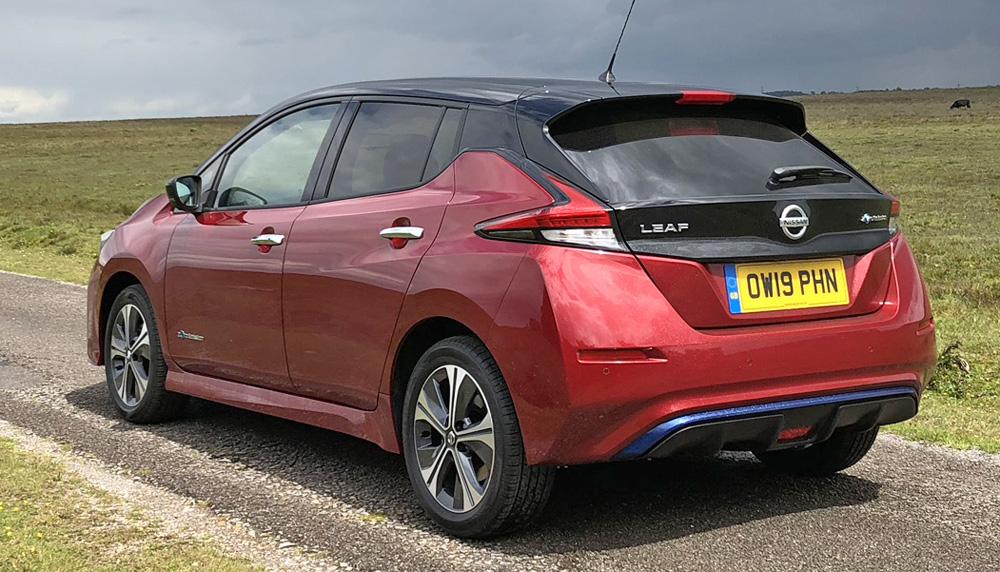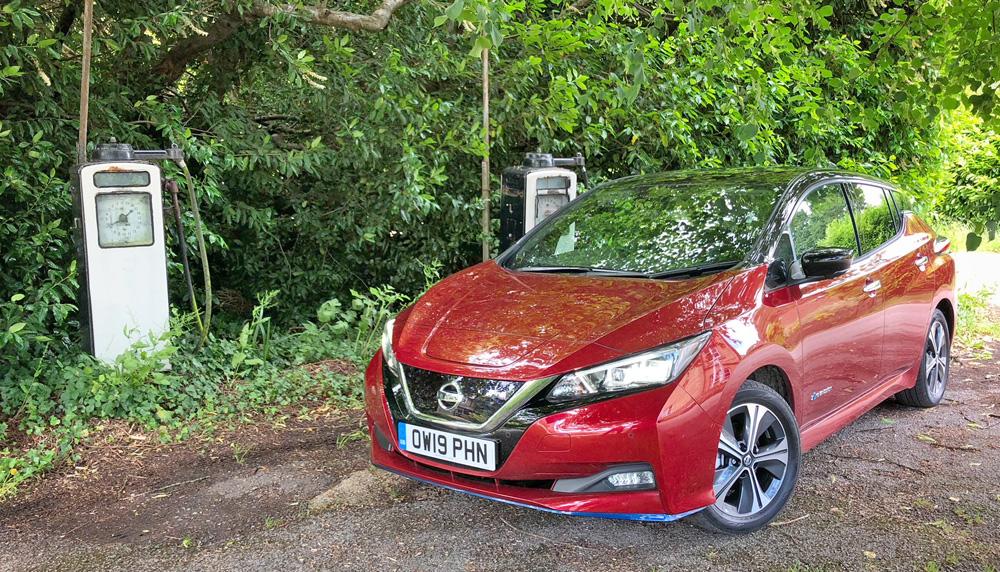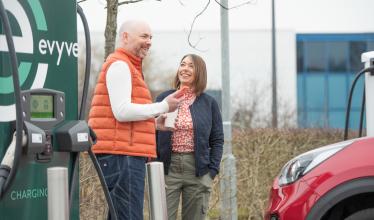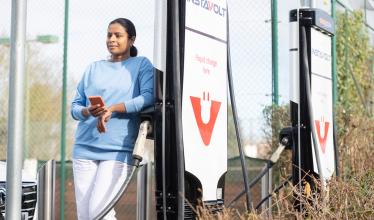Nissan has launched a new, longer range version of its popular Leaf, with the latest revisions adding a more powerful motor at the same time. Zapmap was invited on the launch on the south coast to try out the new Nissan Leaf e+.
Outwardly, there are no signs that the driver is behind the wheel of a Leaf e+ rather than a Leaf. The difference is mainly down to the 62 kWh battery under the floor, as opposed to the 40 kWh fitted to the original second-generation model. Both battery sizes are available to buyers, the first time Nissan has offered a battery option to new car buyers.
With a larger battery comes a more powerful motor too, cutting the 0-62mph time down by a second from the 40 kWh model’s to 6.9 seconds. Anything sub-seven seconds is a pretty nippy level of performance for a family hatchback, and the Leaf feels rapid enough when driven, thanks to the nature of electric cars.
With all of the Leaf e+’s 340 Nm of torque available from zero rpm, the Nissan will accelerate rapidly in short bursts at lower speeds. The increased power improves the car’s ability at higher speeds too, sitting more comfortably at motorway pace than before – though the 40 kWh model didn’t struggle in this regard.
An updated interior sees a new infotainment system fitted to the Leaf e+ (and Leaf 40 kWh update) which looks to improve upon one of the model’s key flaws pre-changes. We didn’t have much time to get to grips with the set-up and really delve down into the functionality, but the graphics and speed of operation seem like a definite step forward from before.

It is the battery – and therefore range – that dominates the headlines about the Leaf e+ though, and here again, Nissan has worked on one of the model’s weaknesses compared to its rivals. The Leaf e+ has an official range of 239 miles on a single charge, base on WLTP tests. We’ve always found that WLTP range figures are an achievable figure even in real-world driving, though usually with one eye on driving economically.
Typically, for range figures over the 200 mile mark, it’s worth knocking off between 5-10% from the quoted range for a true real-world figure. One that sees the driver sit at speed limits on a variety of roads without a conscious attempt to drive efficiently.
Here, our rule of thumb seems to work again, with a 50 mile route seeing a little under 25% taken off the battery’s charge. Having not been the first people to drive the car that day, we’ve ignored the displayed range, and we didn’t reset the economy figure either, which ended at 3.8 miles/kWh on our watch, having climbed during our time behind the wheel. An approximate 200 mile range should be a conservative calculation, and I would be confident of covering between 210-230 miles on a single charge, depending on driving style, terrain, and conditions.
One other key improvement is that owners will now be able to charge at up to 100 kW on CHAdeMO units. We didn’t have the chance to test this either, but will look to once we get a Leaf e+ for a longer period of time.

For a more in-depth review, head over to Zapmap’s sister site – Next Green Car – to read more about the Nissan Leaf e+.



